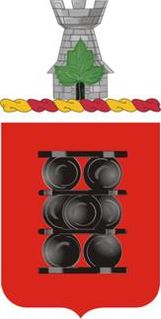 W
WThe 1st Field Artillery Regiment is a Field Artillery regiment of the United States Army first formed in 1907. The regiment served with the 4th Division and 6th Division before World War II, and with the 6th Infantry Division during and after World War II through 1956. Currently organized as a parent regiment under the U.S. Army Regimental System, elements of the regiment have served with the 1st Armored and 5th Infantry Divisions and with various artillery groups. The lineages of some of the units that make up the 1st Field Artillery include campaign credit for the War of 1812. The regiment carries battle streamers for campaigns in the Indian Wars, Mexican War, Civil War, Spanish American War, and Philippine Insurrection, for World War II, and for Southwest Asia and the Global War on Terror.
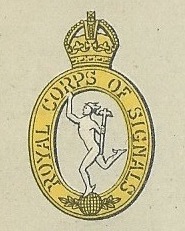 W
W1st Armoured Division Signals was a unit of Britain's Royal Corps of Signals providing communications for the 1st Armoured Division during World War II. It was present during the Battle of France, the Western Desert Campaign, including the battles of Gazala and Alamein, the Tunisian Campaign, and the Battle of Coriano during the Italian Campaign.
 W
W2 Signal Regiment is a regiment of the Royal Corps of Signals within the British Army. One of its signal squadrons is part of the Queen's Gurkha Signals.
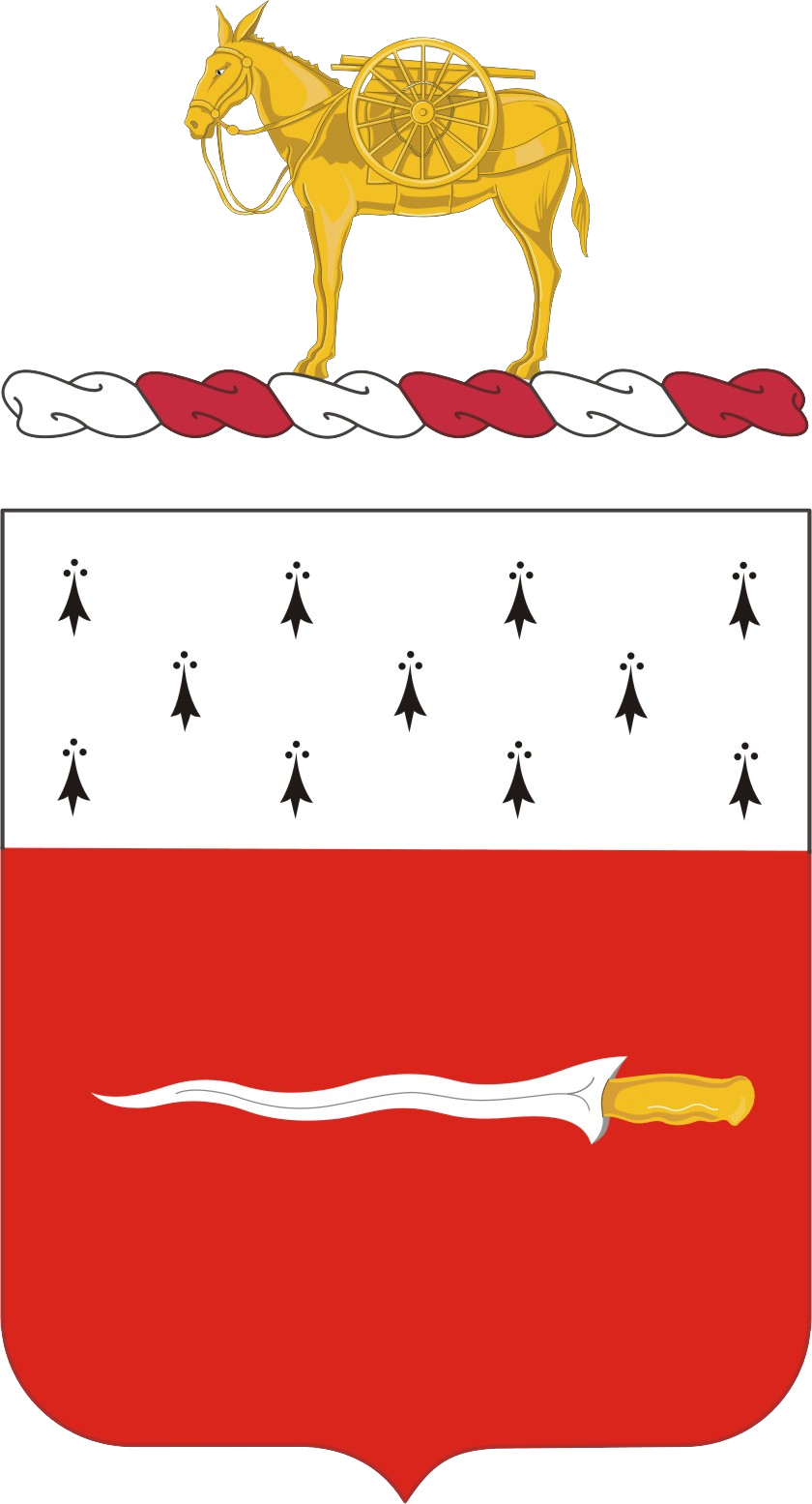 W
WThe 2nd Field Artillery Regiment is a field artillery regiment in the United States Army. Currently a parent regiment under the U.S. Army Regimental System, the regiment has a single active battalion, the 2nd Battalion, 2nd Field Artillery, assigned to the 428th Field Artillery Brigade at the U.S. Army Field Artillery, Fort Sill, OK. Their long history is currently represented by the 2nd Field Artillery Mascots
 W
WThe 2nd Pavlograd Life Hussar Regiment was a cavalry regiment of the Imperial Russian Army.
 W
W1st Armoured Division Signals was a unit of Britain's Royal Corps of Signals providing communications for the 1st Armoured Division during World War II. It was present during the Battle of France, the Western Desert Campaign, including the battles of Gazala and Alamein, the Tunisian Campaign, and the Battle of Coriano during the Italian Campaign.
 W
W1st Armoured Division Signals was a unit of Britain's Royal Corps of Signals providing communications for the 1st Armoured Division during World War II. It was present during the Battle of France, the Western Desert Campaign, including the battles of Gazala and Alamein, the Tunisian Campaign, and the Battle of Coriano during the Italian Campaign.
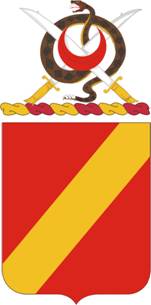 W
WThe 4th Field Artillery Regiment is a Field Artillery Branch regiment of the United States Army first formed in 1907.
 W
W1st Armoured Division Signals was a unit of Britain's Royal Corps of Signals providing communications for the 1st Armoured Division during World War II. It was present during the Battle of France, the Western Desert Campaign, including the battles of Gazala and Alamein, the Tunisian Campaign, and the Battle of Coriano during the Italian Campaign.
 W
WThe 5th Field Artillery Regiment was constituted as part of the Regular Army in January 1907. Individual battalions have lineages which date back further. Currently, it is a parent regiment under the U.S. Army Regimental System, with a single active battalion, the 1st Battalion, 5th Field Artillery, which is assigned to the 1st Brigade Combat Team, 1st Infantry Division at Fort Riley, Kansas.
 W
WThe 6th Field Artillery Regiment is a Field Artillery Branch regiment of the United States Army first activated in 1907 from numbered companies of artillery. It was first organized with two battalions.
 W
WThe 11th Air Defense Artillery Brigade is an air defense artillery brigade of the United States Army stationed at Fort Bliss.
 W
WThe 17th Division was an infantry division in the Imperial Japanese Army. Its tsūshōgō code name was the Moon Division . The 17th Division was one of two infantry divisions raised by the Imperial Japanese Army immediately after the Russo-Japanese War (1904–1905). The division received its colors on 13 November 1907. Its original headquarters was in a suburb of the city of Okayama, and its troops were recruited primarily from communities in the three prefectures of Okayama, Hiroshima, and Shimane. The first commander of the division was Lieutenant General Ichinohe Hyoe.
 W
WThe 18th Division was an infantry division of the Imperial Japanese Army. Its tsūshōgō code name was the Chrysanthemum Division . The 18th Division was one of two infantry divisions newly raised by the Imperial Japanese Army immediately after the Russo-Japanese War (1904–1905) as part of the post war expansion of the standing Japanese military. The division received its colors on 13 November 1907. Its original headquarters was in a suburb of the city of Kurume in Fukuoka Prefecture.
 W
WThe Aeronautical Division, Signal Corps (1907–1914) was the first heavier-than-air military aviation organization in history and the progenitor of the United States Air Force. A component of the U.S. Army Signal Corps, the Aeronautical Division procured the first powered military aircraft in 1909, created schools to train its aviators, and initiated a rating system for pilot qualifications. It organized and deployed the first permanent American aviation unit, the 1st Aero Squadron, in 1913. The Aeronautical Division trained 51 officers and 2 enlisted men as pilots, and incurred 13 fatalities in air crashes. During this period, the Aeronautical Division had 29 factory-built aircraft in its inventory, built a 30th from spare parts, and leased a civilian airplane for a short period in 1911.
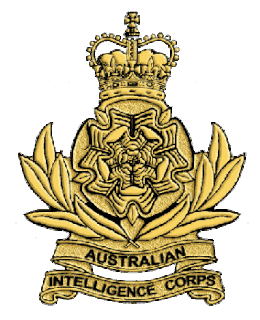 W
WThe Australian Intelligence Corps (AUSTINT) is a corps within the Australian Army. It was formed on 6 December 1907 and provides intelligence personnel in every formation headquarters in the Army. As of 2007, the corps consisted of "169 officers and 232 other ranks".
 W
WThe High Seas Fleet (Hochseeflotte) was the battle fleet of the German Imperial Navy and saw action during the First World War. The formation was created in February 1907, when the Home Fleet (Heimatflotte) was renamed as the High Seas Fleet. Admiral Alfred von Tirpitz was the architect of the fleet; he envisioned a force powerful enough to challenge the Royal Navy's predominance. Kaiser Wilhelm II, the German Emperor, championed the fleet as the instrument by which he would seize overseas possessions and make Germany a global power. By concentrating a powerful battle fleet in the North Sea while the Royal Navy was required to disperse its forces around the British Empire, Tirpitz believed Germany could achieve a balance of force that could seriously damage British naval hegemony. This was the heart of Tirpitz's "Risk Theory", which held that Britain would not challenge Germany if the latter's fleet posed such a significant threat to its own.
 W
WNaval Staff is the staff of the Chief of the Swedish Navy. Established in 1907, it originated from the Fleet Staff which was established in 1896. The Naval Staff's duties included, among other things to assist the Chief of the Navy with leadership of the Navy's mobilization, training, tactics, organization, equipment and personnel to the extent that such activity was not directly related to operational activities, which was handled by the Defence Staff. In 1994, the Swedish Armed Forces Headquarters took over the Naval Staff's duties. The Naval Staff was reestablished in 2019.
 W
WThe United States Pacific Fleet (USPACFLT) is a theater-level component command of the United States Navy, located in the Pacific Ocean. It provides naval forces to the Indo-Pacific Command. Fleet headquarters is at Naval Station Pearl Harbor, Hawaii, with large secondary facilities at North Island, San Diego Bay on the Mainland.